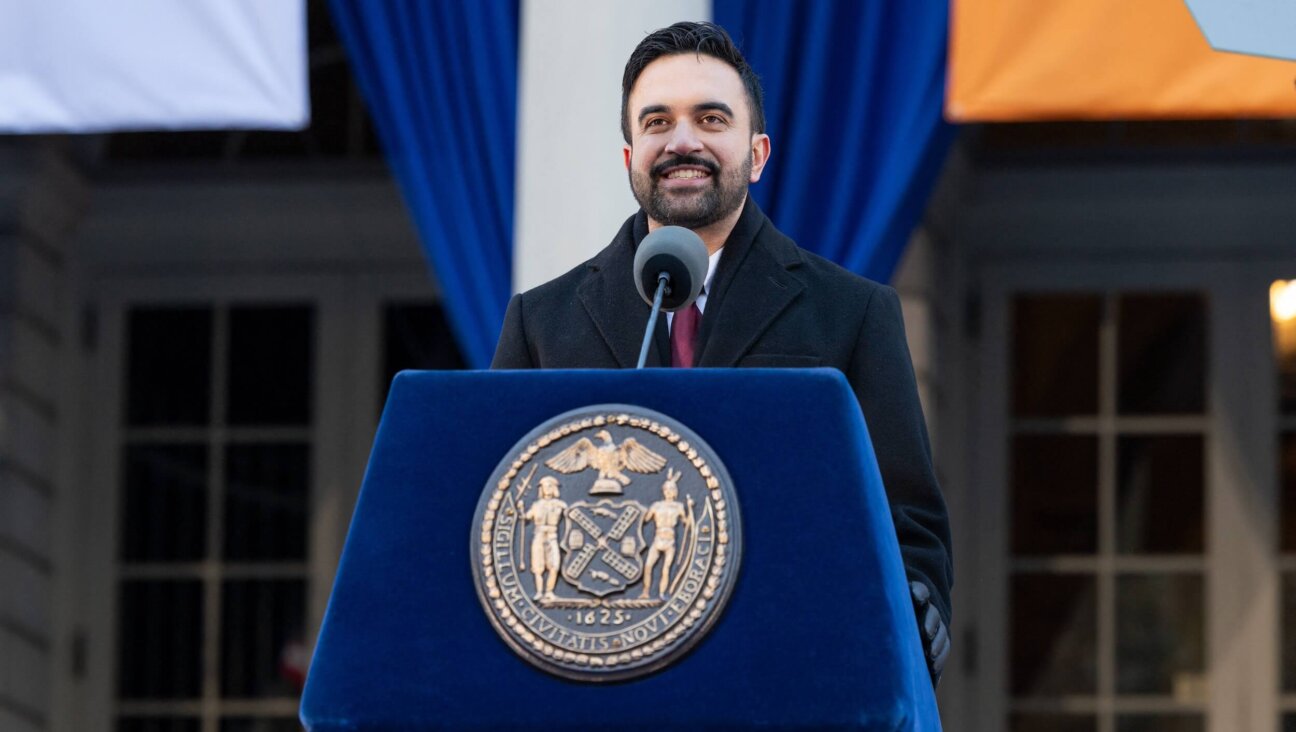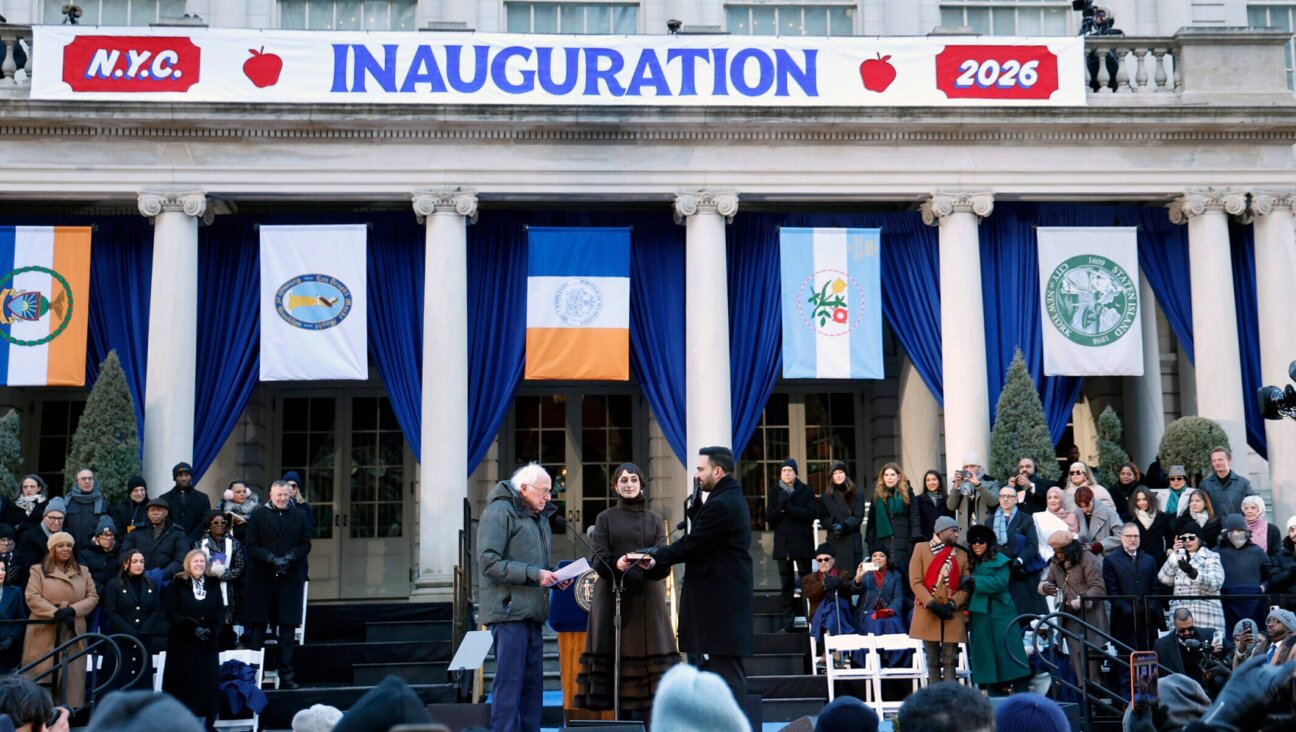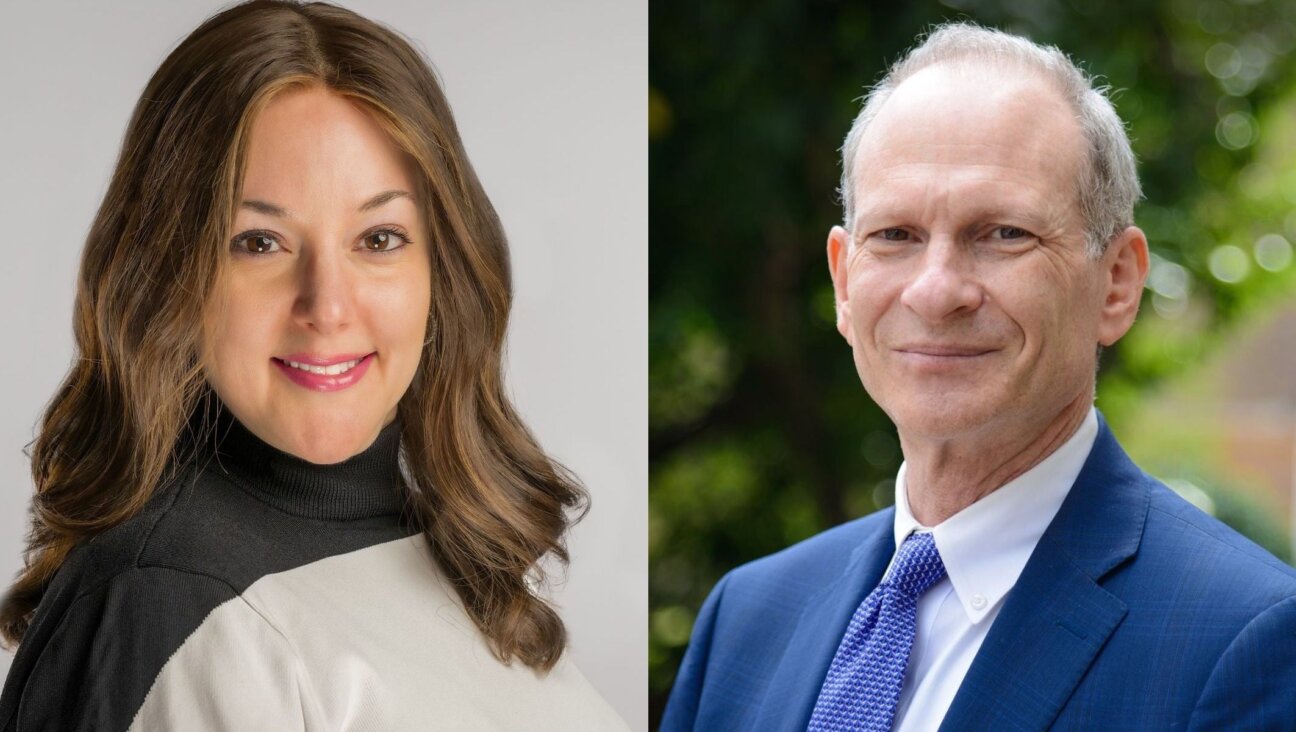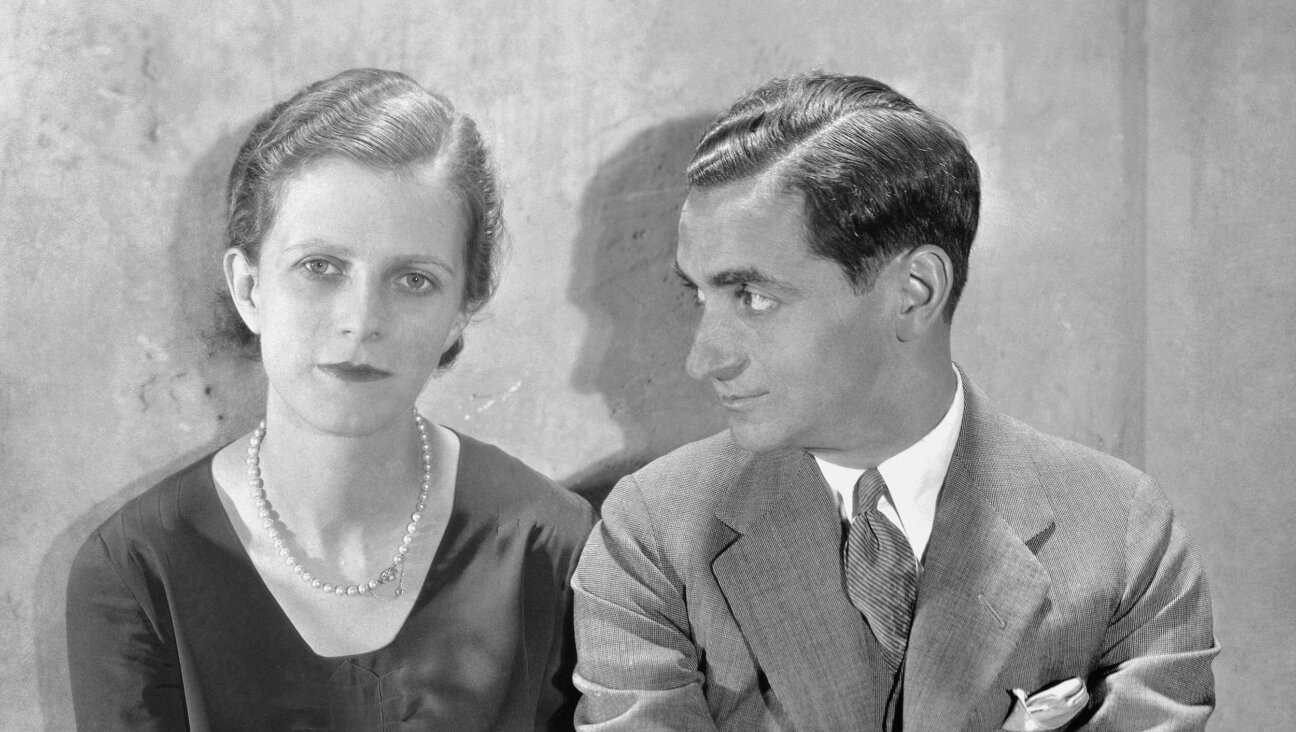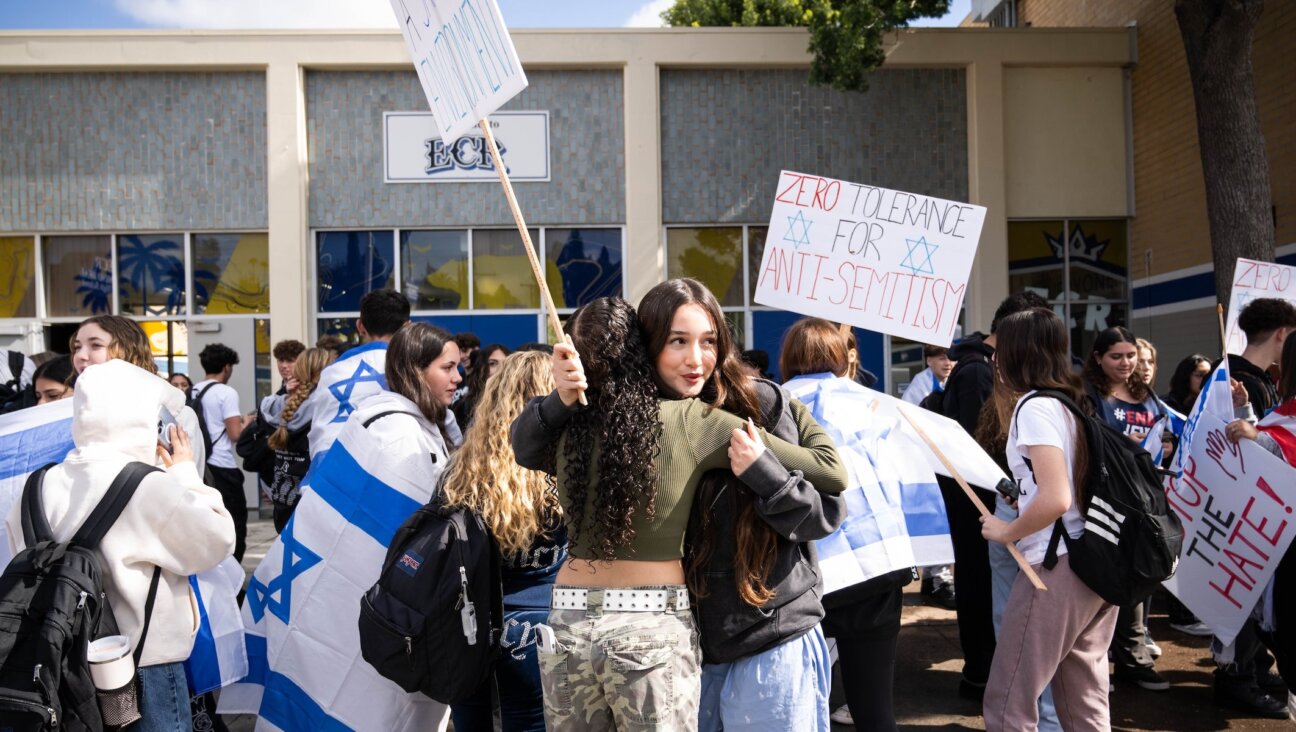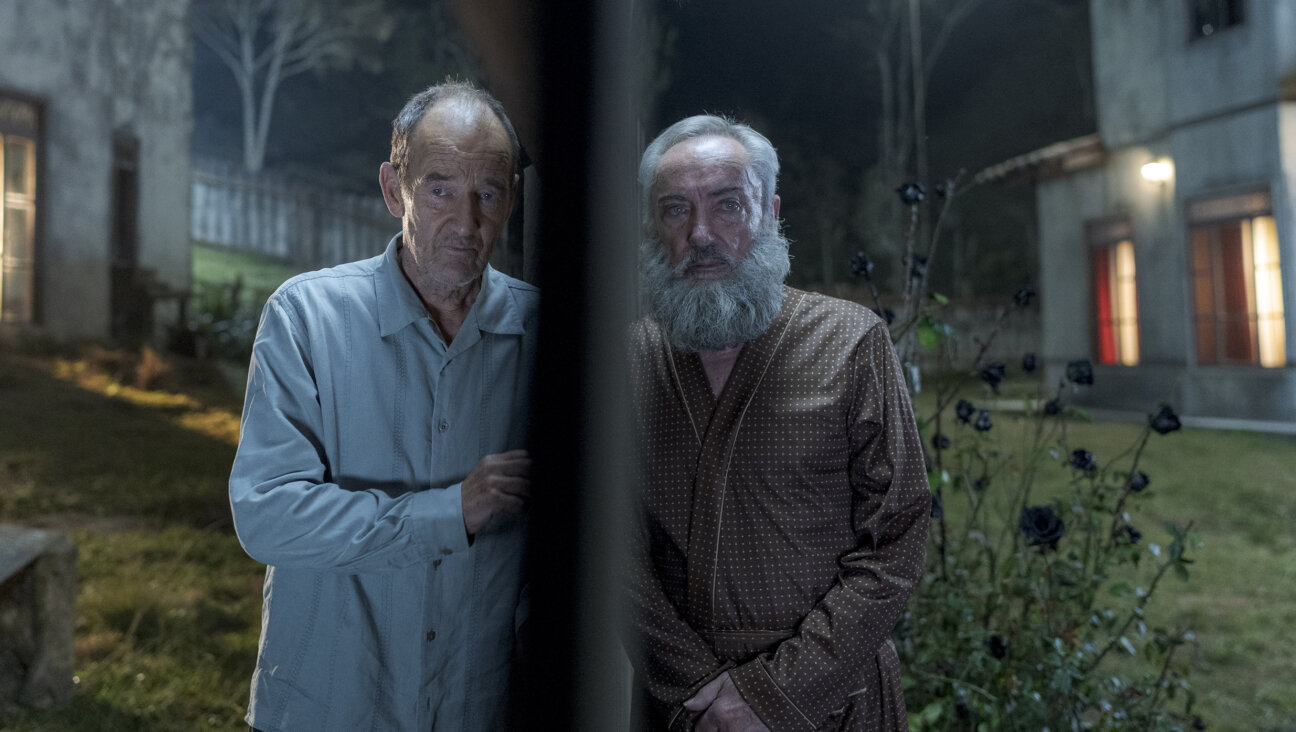Firestorm Follows Israeli Sculptor’s Agreement to Design Warsaw Ghetto Memorial to Righteous Gentiles
Controversy has reignited over plans for a memorial in the Warsaw Ghetto honoring non-Jewish Poles who saved Jews during the Holocaust following an Israeli sculptor’s apparent acceptance of a commission to design the project.
The plans, now taking place amid efforts by Poland’s right-wing government to portray the role of Poles as heroic during the Nazi occupation, has provoked fervent opposition—but also some support—from survivors of the Holocaust, their families and scholars of Jewish history in Poland.
“This is not a place to commemorate Polish heroism,” one of the opponents, Professor Jacek Leociak, told the Forward in a phone interview from Warsaw. The Warsaw Ghetto, said Leociak, who is the director of Holocaust studies at the Polish Academy of Sciences, “is a place to commemorate a Jewish disaster, where Jewish bones lie in the biggest Jewish cemetery in Europe.”
Plans call for the memorial to be built on the grounds of the POLIN Museum of the History of Polish Jews, a prime modern site in the historic district where Jews penned in by Nazi orders launched a doomed revolt against their oppressors, after hundreds of thousands were deported to Nazi death camps. Opponents of the project view the site as sacred ground, where Jews died and resisted, largely on their own.
The memorial’s main proponent is Sigmund Rolat, who is himself a Polish Holocaust survivor. Rolat, a wealthy philanthropist, is chairman of the Remembrance and Future Foundation, which is sponsoring the project. Last year the foundation conducted a design contest for the monument, but Rolat rejected the proposal of the top finalist, which was for a memorial consisting of a cluster of trees.
Now, at Rolat’s urging, Israeli sculptor Dani Karavan has agreed to design a monument, although no drawing yet exists. Rolat stresses that no contract has yet been signed and no money has been exchanged.
Opponents had been trying to persuade Karavan to turn down this commission. But on April 12 Karavan wrote critics of the project, who have organized a Facebook page, and informed them of his intention to create a monument on the museum grounds.
“I am convinced that the ‘holy’ earth of the Warsaw Ghetto is the right place to commemorate the courageous Righteous Poles, who risked their lives and the lives of their family, friends and neighbors to save the life of one Jew,” he wrote.
News of Karavan’s decision unleashed a torrent of angry responses on the Facebook page from Polish and Diaspora Jews.
“We, the actual descendants, the moral descendants, of Polish Jews have an obligation to defend the integrity of this ground, and hence, oppose any revisionist initiatives such as this monument,” wrote one critic.
The dispute over the planned memorial to Poland’s “Righteous Gentiles,” as they are called, has been exacerbated with the ascendance of a far-right Polish government that came into office late last October. Opponents of the memorial see it as reinforcing the government’s nationalist narrative
In his interview with the Forward, Leociak said that the government has made it a project to propagate that Righteous Gentiles during the Holocaust had rescued millions. “This is absolutely insane,” he said.
Poland, which had a Jewish population of some 3.3 million before World War II, had an estimated 369,000 at its end. Yad Vashem, the Israeli museum devoted to the Holocaust, has recognized roughly 6,454 Poles as Righteous Gentiles, the highest number of any country in Nazi-occupied Europe.
Asked if the monument would bolster the current government’s depiction of Poland as a nation of heroes, Konstanty Gebert, a member of the board of trustees of the Remembrance and Future Foundation, said, “We will not tailor our monument to the vicissitudes of Polish politics.” Gebert noted that the monument initiative began during the previous government.
Rolat said he saw the monument as an expression of “our Jewish debt to those who were trying to save us. In many cases they did save us,” he said, “Risking their lives and that of their families.”
As for his insistence on the Warsaw Ghetto site at the POLIN museum, “It’s the only place where it will be seen by hundreds of thousands of visitors… especially young people,” Rolat said.
Henryk Grynberg, a prominent Polish-Jewish writer and Holocaust survivor who now lives in the United States, disagreed. “If the Poles want to celebrate these people, as they should, they should do it on their territory, not in the ghetto,” he said. “They should do it not with an Israeli artist, but a Polish artist. Why do the Jews have to do it for them?”
